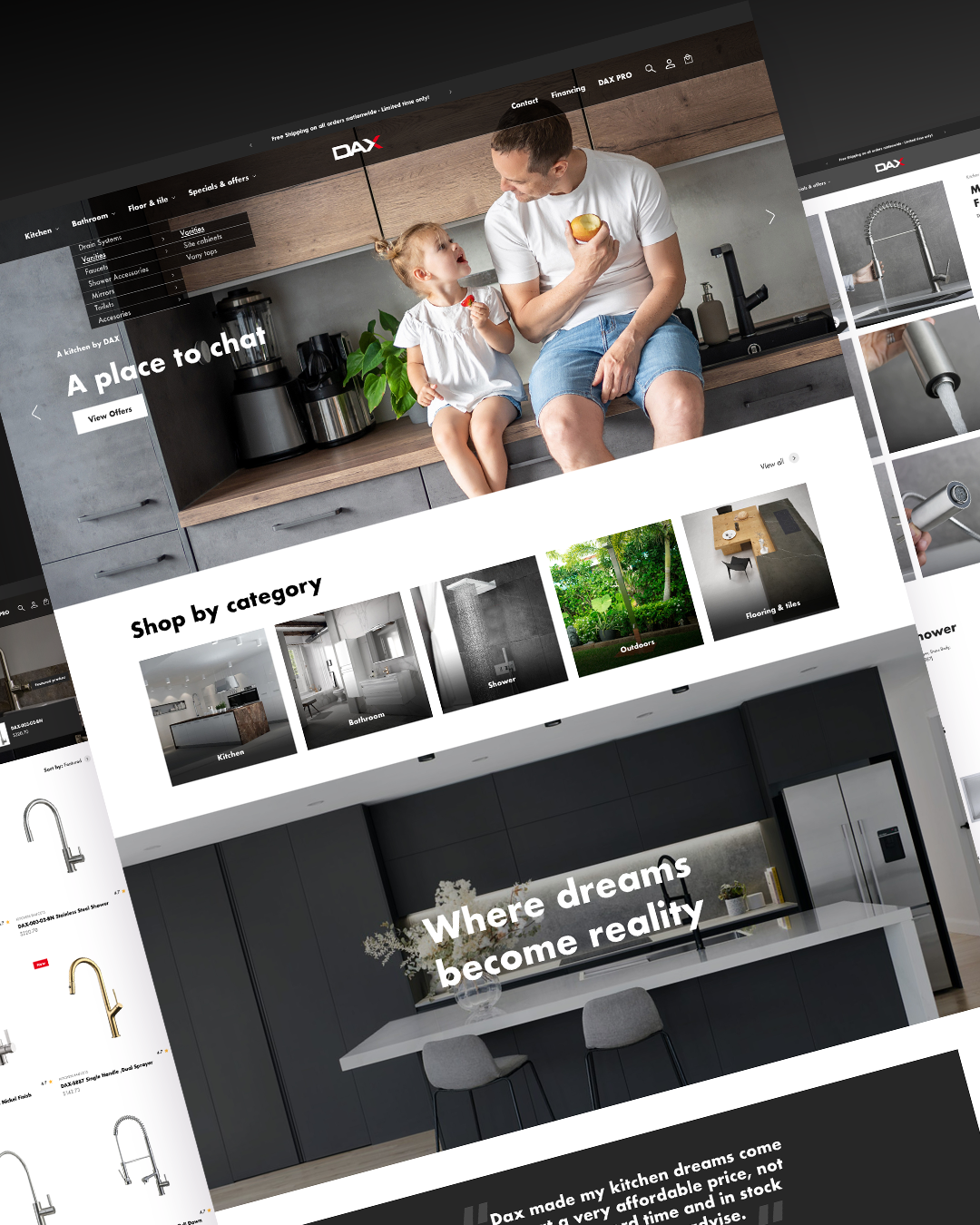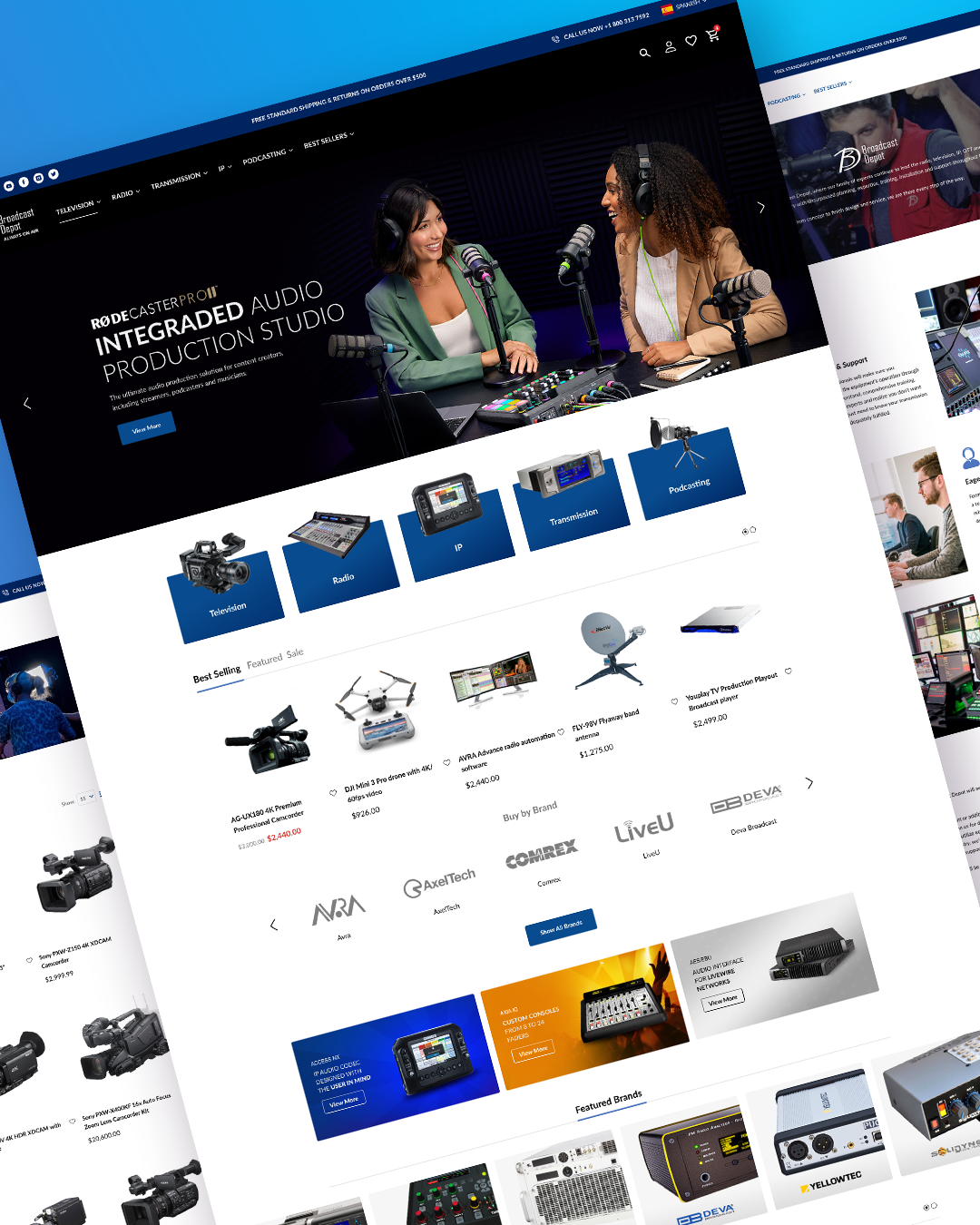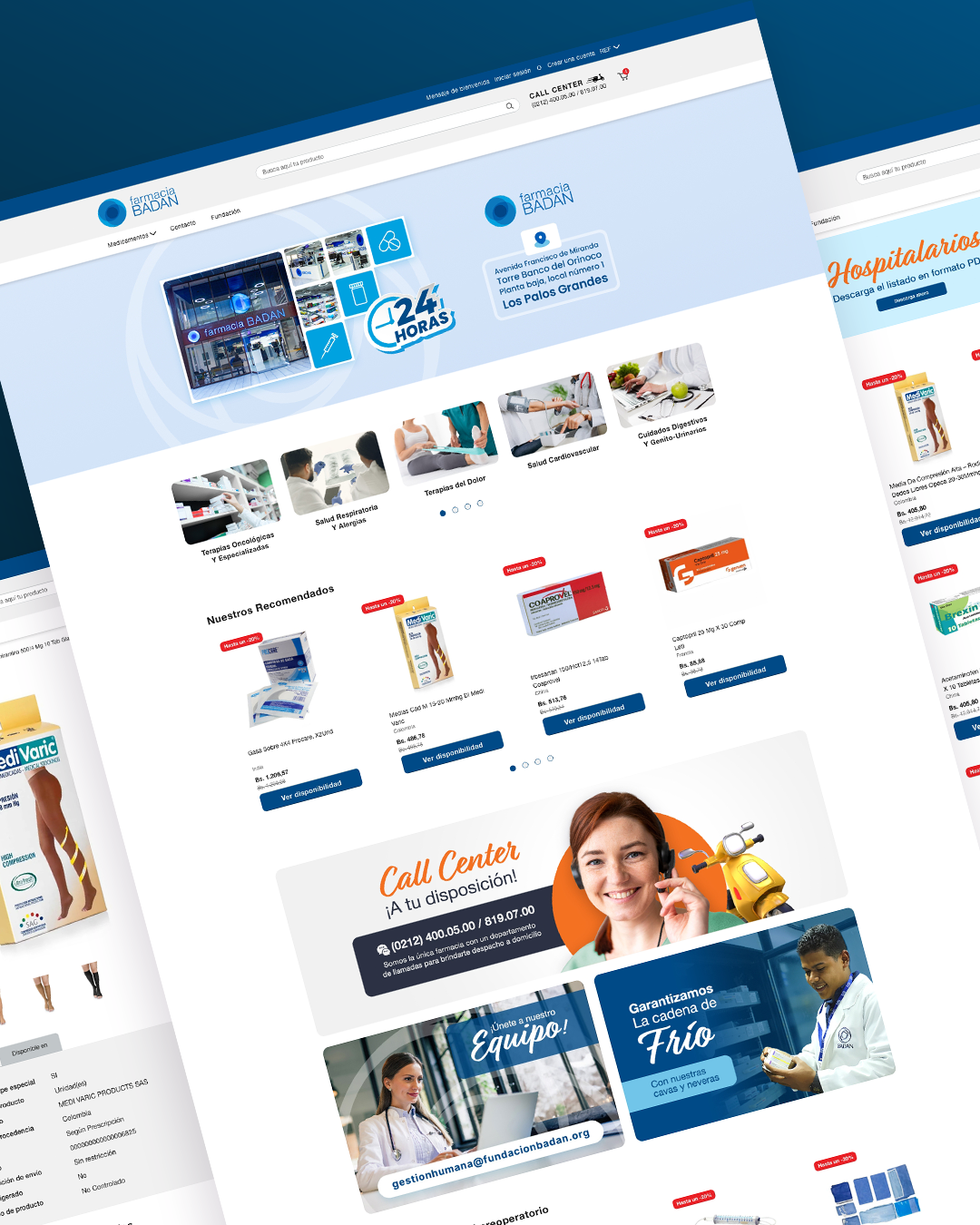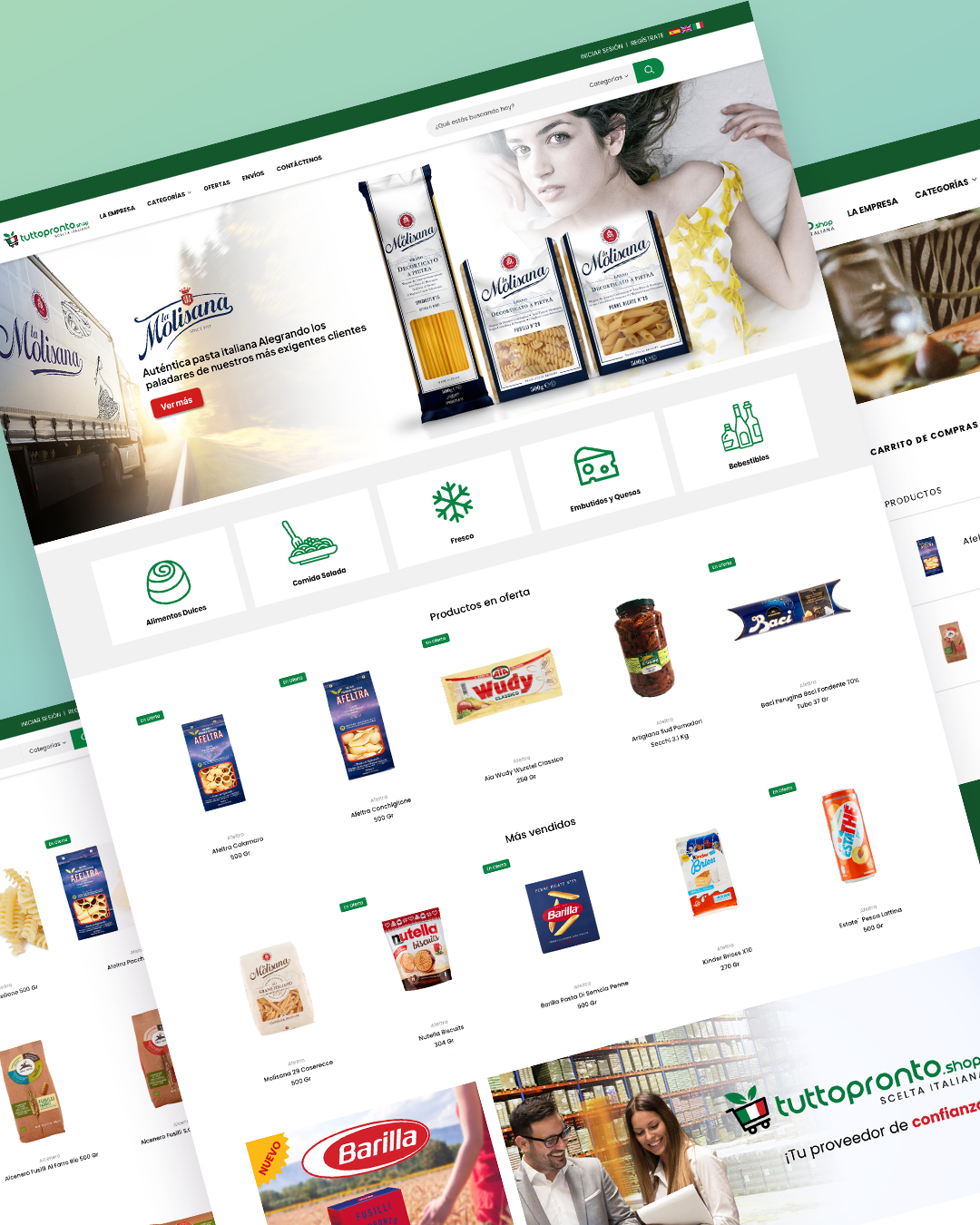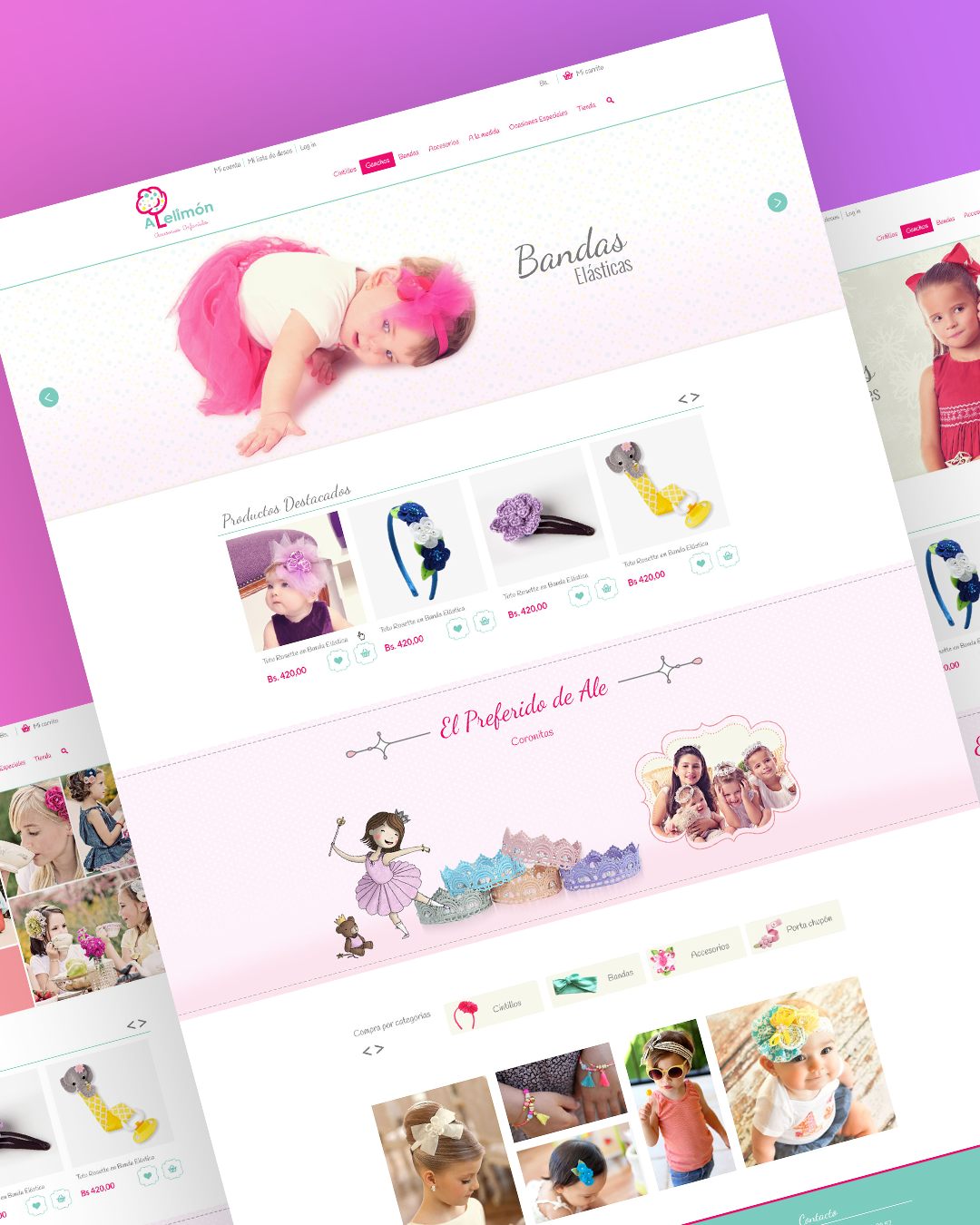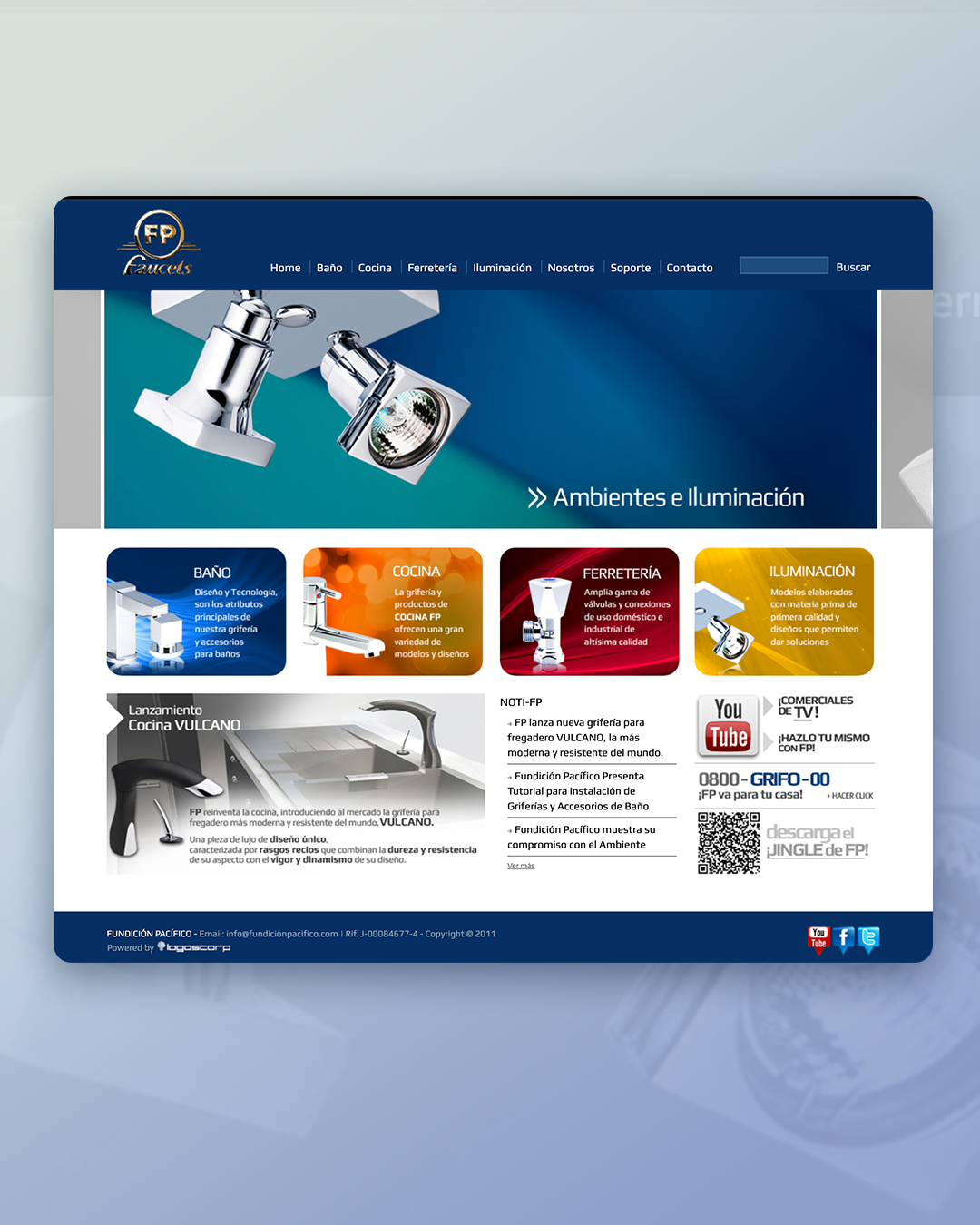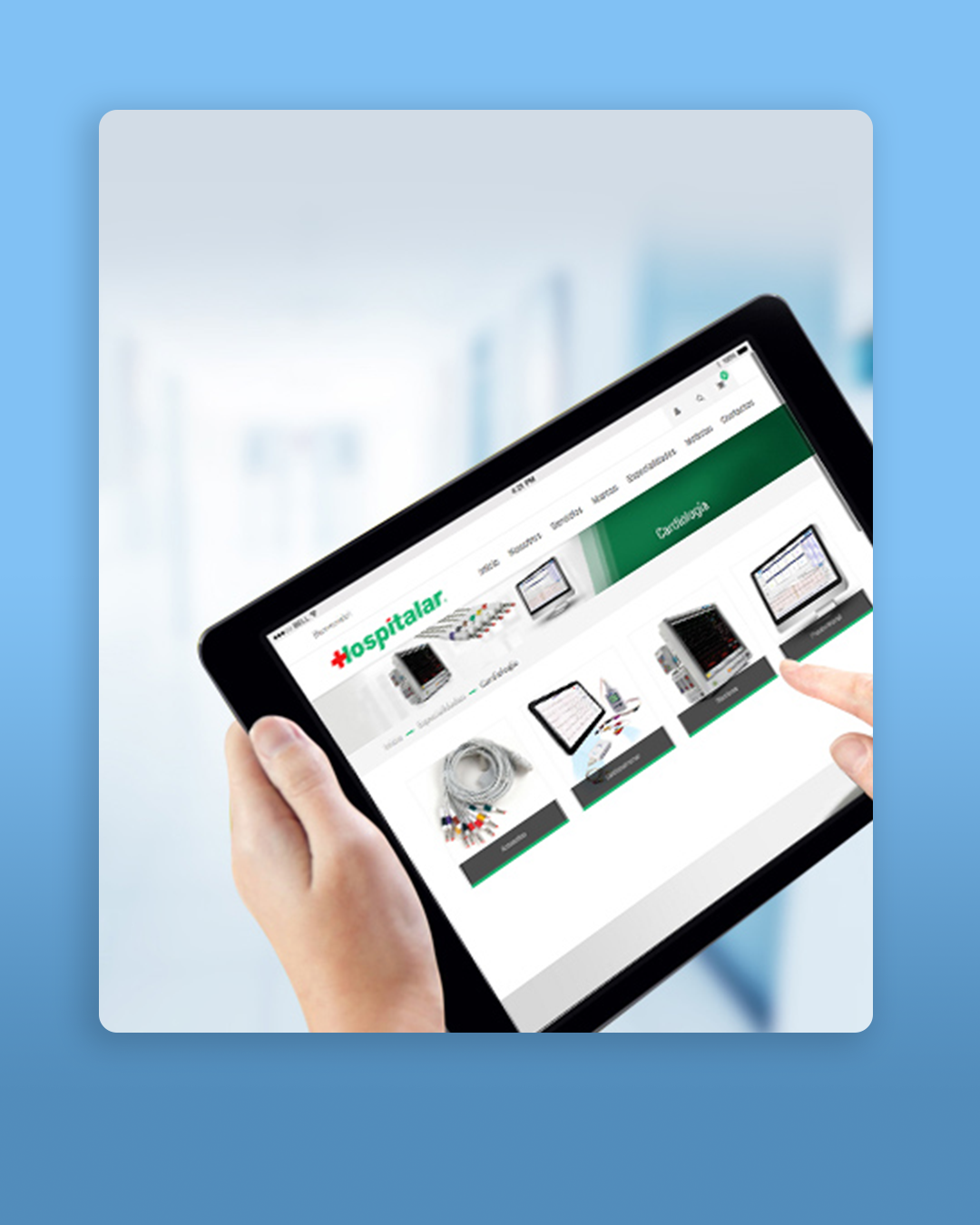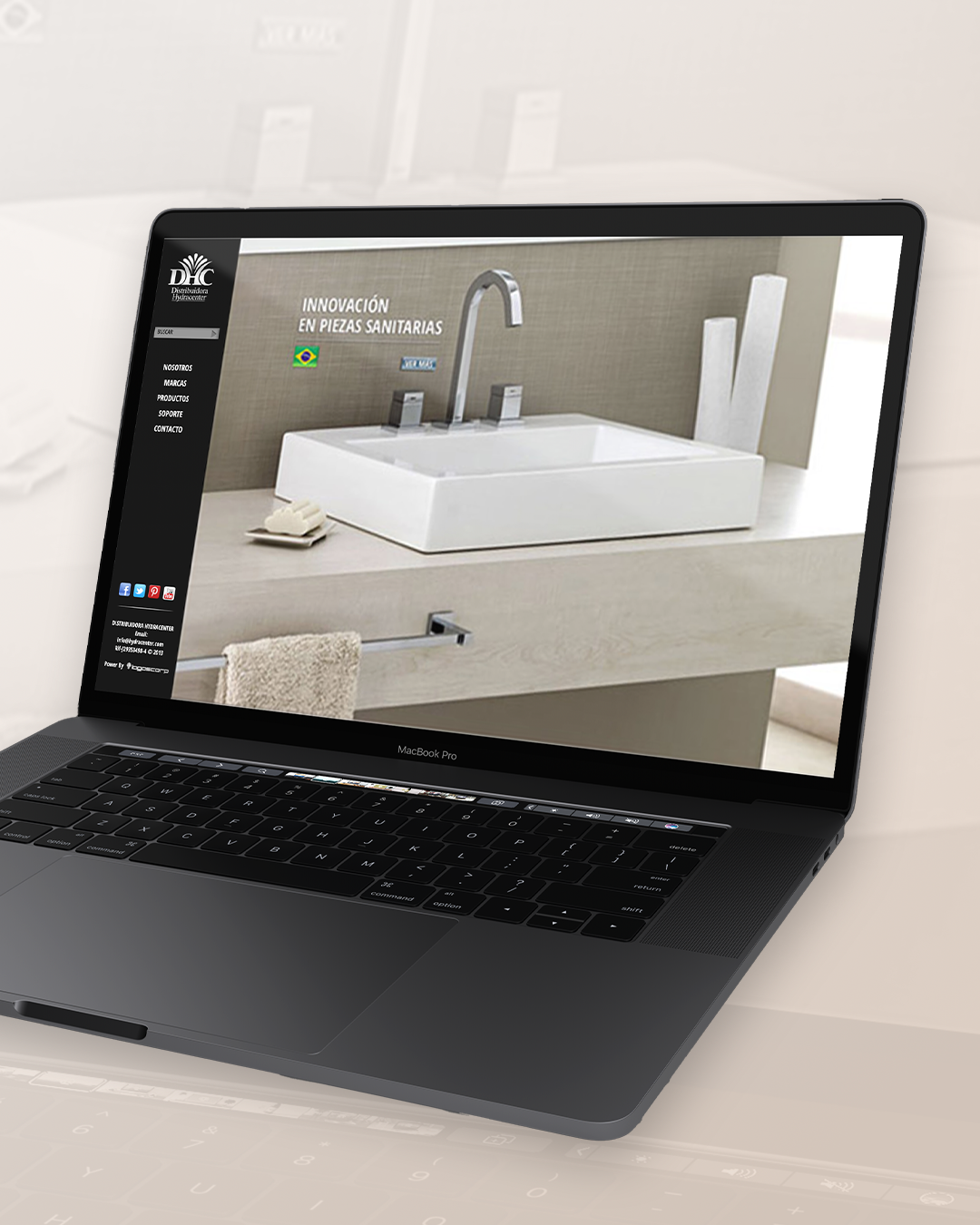Creamos plataformas de eCommerce que no solo venden, sino que aprenden del comportamiento de tus clientes.
An eCommerce solution implemented by LogosCorp is the most cost-effective investment for your company. Here's what we can achieve:
- New Revenue Stream: Unlock a new source of income for your company through online sales.
- Cost Reduction: Reduce the expenses associated with selling your products.
- Sales Process Automation: Automate your organization's sales process for greater efficiency.
- Optimized Sales and Customer Service Channels: Enhance sales and customer service channels, resulting in increased revenue.
- Global Accessibility: Make your products accessible to customers worldwide.
- Real-Time Client Analysis: Gain insights into your clients' behavior and preferences in real time.
- Market Share Growth: Experience greater growth in the market share of your products.
Partner with us to revolutionize your company's sales strategy and drive unparalleled success in the eCommerce space.
eCommerce is a Business Model
Ecommerce is not typically considered a business model on its own, but rather a subset or component of a broader business model. Ecommerce refers to the buying and selling of goods and services over the internet, while a business model encompasses the overall strategy and approach a company uses to operate, generate revenue, and make profits.
While ecommerce plays a significant role within many business models, such as those focused on online retail or digital services, the specific business model may include additional elements such as revenue streams, customer segments, value propositions, distribution channels, and cost structure. These elements collectively define how a company creates, delivers, and captures value.
In summary, ecommerce is a key component of many modern business models, particularly those operating in the digital space, but it is not a standalone business model in itself.
Ecommerce offers a wide range of benefits for both businesses and consumers:
- Global Reach: Businesses can reach customers anywhere in the world, expanding their market reach beyond geographical limitations.
- 24/7 Availability: Online stores are accessible round the clock, allowing customers to shop at their convenience, irrespective of time zones or business hours.
- Lower Costs: Ecommerce eliminates the need for physical storefronts, reducing overhead costs associated with rent, utilities, and staffing.
- Increased Sales: With the ability to reach a larger audience and operate continuously, businesses have the potential to increase sales and revenue.
- Convenience: Customers can shop from the comfort of their homes or on the go, eliminating the need to visit physical stores.
- Greater Product Variety: Ecommerce allows businesses to offer a wider range of products and services, catering to diverse customer needs and preferences.
- Personalization: Online stores can leverage customer data to provide personalized shopping experiences, recommending products based on past purchases and preferences.
- Improved Customer Insights: Ecommerce platforms collect valuable data on customer behavior, preferences, and purchasing patterns, enabling businesses to better understand their target audience and tailor marketing strategies accordingly.
- Efficient Inventory Management: With real-time inventory tracking and management systems, businesses can optimize inventory levels, reduce stockouts, and minimize excess inventory.
- Flexibility and Scalability: Ecommerce platforms offer flexibility and scalability, allowing businesses to adapt quickly to changing market conditions and scale operations as needed.
Overall, ecommerce offers businesses the opportunity to streamline operations, reach a larger audience, and enhance the overall shopping experience for customers.
eCommerce development process

Planning and Analysis
Defining Objectives: Clearly outline the website's goals, whether it's boosting sales, expanding into new markets, or enhancing the customer experience to align with business objectives.
Market and Competitor Analysis: Conduct thorough research on market trends and analyze competitor strategies to gain insights into industry dynamics and identify opportunities for differentiation.
Identification of the Target Audience: Identify and understand the target demographic to tailor the website's design, content, and features to meet their needs and expectations effectively.
Definition of Requirements: Define the specific functionalities and features that the website must incorporate to fulfill its objectives, ensuring alignment with the identified target audience and business goals.
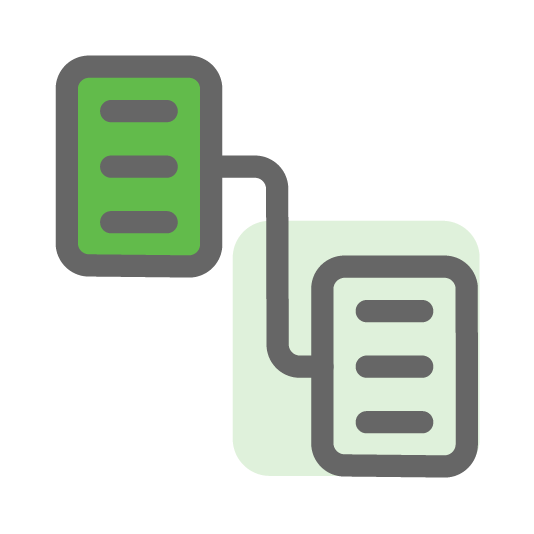
Design and Prototype
UX/UI Design: Craft the user interface and user experience design, prioritizing usability and aesthetics to ensure an intuitive and visually appealing website.
Prototyping: Develop prototypes or mockups of the website to visualize its functionality and design, allowing for early testing and refinement.
Feedback and Adjustments: Gather feedback from potential users or stakeholders and incorporate adjustments as needed to optimize the website's performance and user satisfaction. Iteratively refine the design based on user input to ensure alignment with user expectations and business objectives.

Development
Platform Selection: Carefully select the appropriate ecommerce platform, considering factors such as scalability, customization options, integrations, and budget. Popular options include Shopify, Magento, WooCommerce, among others.
Frontend and Backend Development: Develop both the frontend, which encompasses the user interface and design elements, and the backend, which handles server-side operations and data processing, ensuring seamless functionality and performance.
Payment Systems Integration: Integrate secure and reliable payment solutions to facilitate smooth transactions, offering customers a variety of payment methods and ensuring compliance with industry standards for payment security.
Mobile Optimization: Optimize the website for mobile devices to provide a seamless and intuitive user experience across various screen sizes and resolutions, maximizing accessibility and engagement for mobile users.

Testing
Functionality Testing: Conduct thorough testing to verify that all website features and functionalities work as intended, ensuring a seamless user experience.
Usability Testing: Evaluate the site's ease of use and navigation from the perspective of end users, identifying any usability issues and implementing improvements to enhance user satisfaction.
Security Testing: Assess the website's security measures, particularly in safeguarding customer data and financial transactions, to mitigate potential vulnerabilities and ensure data protection compliance.
Performance Testing: Test the website's loading speed and its ability to handle peak traffic and transactions, optimizing performance to deliver a fast and responsive user experience even under heavy load conditions.

Launch
Site Deployment: Launch the website onto the production server, making it accessible to users.
Initial Monitoring: Monitor the website closely after deployment, keeping a watchful eye on performance metrics and promptly addressing any issues that may arise to ensure optimal site functionality and user experience.
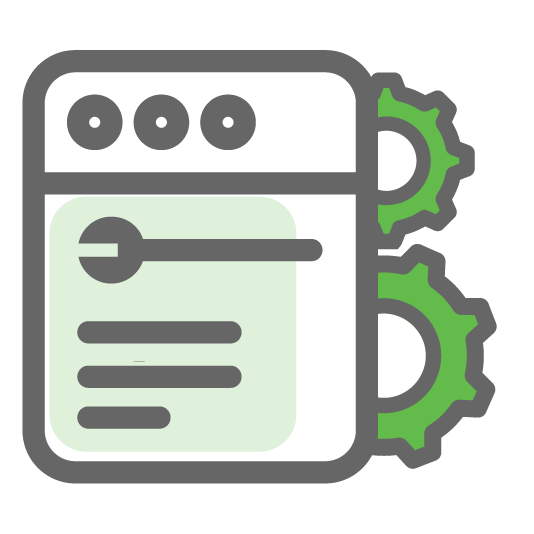
Maintenance and Continuous Updating
Regular Maintenance: Execute routine maintenance tasks including applying security updates, enhancing functionality, and resolving any errors or issues to uphold the integrity and security of the website.
Analysis and Continuous Improvement: Continuously analyze user behavior, gather feedback, and make data-driven adjustments to enhance user experience and optimize site effectiveness. Regularly review performance metrics and implement iterative improvements to ensure the website remains relevant and valuable to users.

Shopify
Shopify is a popular e-commerce platform that allows businesses of all sizes to create and manage their online stores. With its easy-to-use interface, customizable layout options, and powerful features, Shopify has become an ideal choice for many retailers. In this article, we'll take a closer look at what Shopify is, its benefits, and what sets it apart from other eCommerce platforms.
Benefits of e-commerce with Shopify
- User-friendly interface: Shopify's interface is simple and easy to navigate, making it easy for business owners to manage their online store.
- Customizable Design Options: Shopify offers a wide range of customizable design options, including templates, themes, and plugins, allowing businesses to create a unique online store that reflects their brand.
- Secure Payment Processing: Shopify offers secure payment processing, making it easier for businesses to accept payments from customers.
- Order Management Tools: Shopify offers a number of tools to help businesses manage their orders, including inventory management, order tracking, and shipping integration.

Magento
Magento is an open-source ecommerce platform that provides merchants with a flexible and scalable solution for building and managing online stores. It offers a wide range of features and functionalities tailored to meet the diverse needs of businesses, from small startups to large enterprises. Here are some of the key benefits of Magento:
- Flexibility: Magento offers extensive customization options, allowing merchants to tailor their online stores to suit their unique business requirements and branding preferences. It provides a modular architecture and robust APIs, enabling developers to create custom extensions and integrations as needed.
- Scalability: Magento is designed to grow with your business. Whether you're just starting out or experiencing rapid expansion, Magento can accommodate your needs. It can handle large product catalogs, high traffic volumes, and complex ecommerce operations without compromising performance.
- Rich Feature Set: Magento comes with a comprehensive set of built-in features for managing products, orders, customers, and payments. It offers advanced catalog management capabilities, flexible pricing options, multi-language and multi-currency support, and powerful marketing and promotional tools.
- Mobile Responsiveness: With the rise of mobile commerce, Magento prioritizes mobile responsiveness, ensuring that your online store looks and performs seamlessly across all devices and screen sizes. This helps to enhance the user experience and maximize conversions.
- Community and Support: Magento has a vibrant community of developers, designers, and merchants who actively contribute to its growth and development. The platform also offers extensive documentation, forums, and support resources to help merchants succeed.
- SEO-Friendly: Magento is designed with search engine optimization (SEO) in mind, making it easier for your online store to rank higher in search engine results. It includes features such as SEO-friendly URLs, meta tags, sitemaps, and built-in tools for optimizing content.
Overall, Magento provides merchants with a robust and feature-rich ecommerce platform that empowers them to create engaging online shopping experiences, drive sales, and grow their business effectively.

Start your eCommerce project!
Feel free to reach out to us at no cost for a comprehensive evaluation of your project. Together, we'll work to identify the ideal solution that perfectly aligns with your unique needs and objectives. Your satisfaction is our priority, and we're here to help you succeed. Contact us today to get started!



